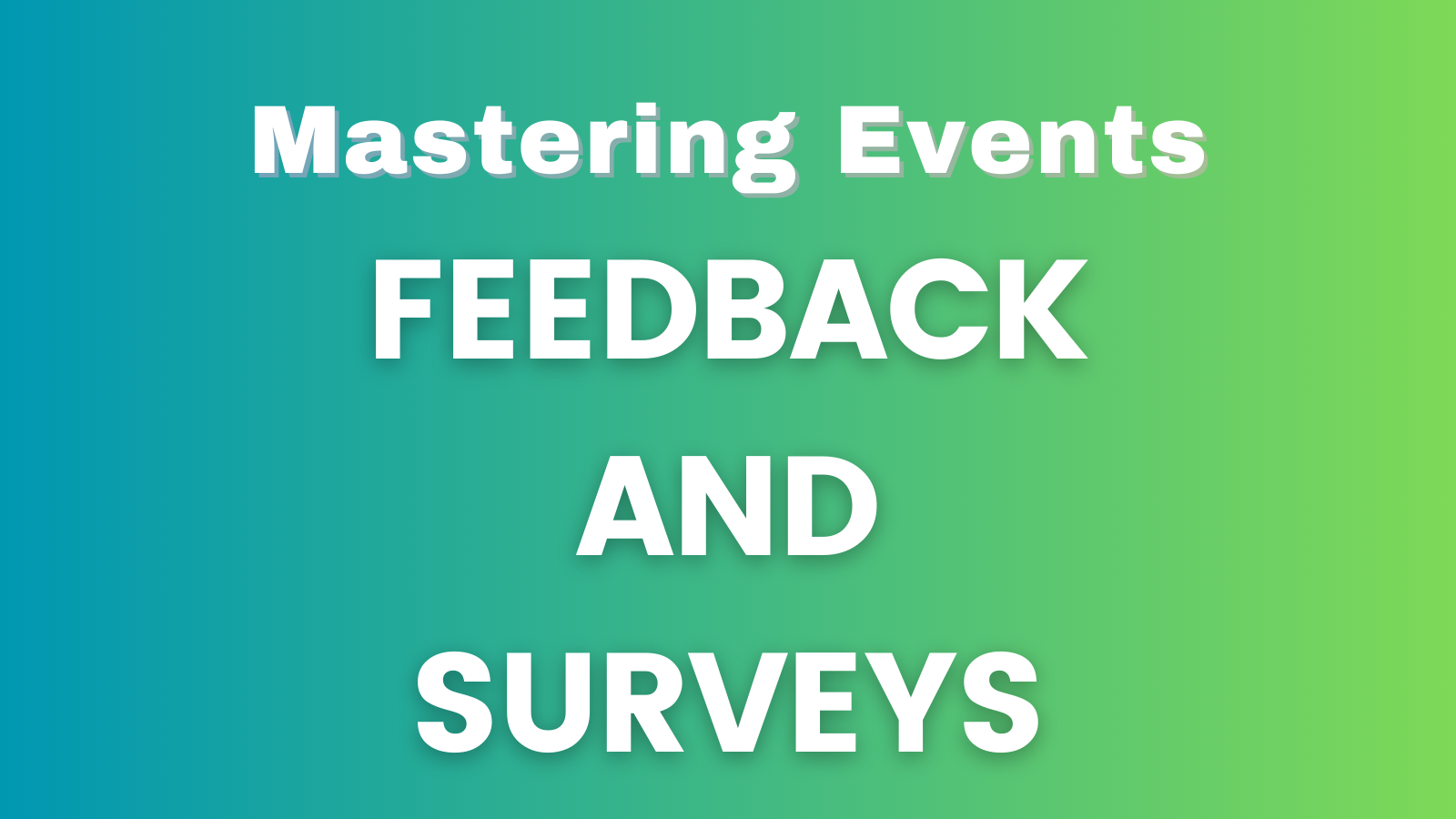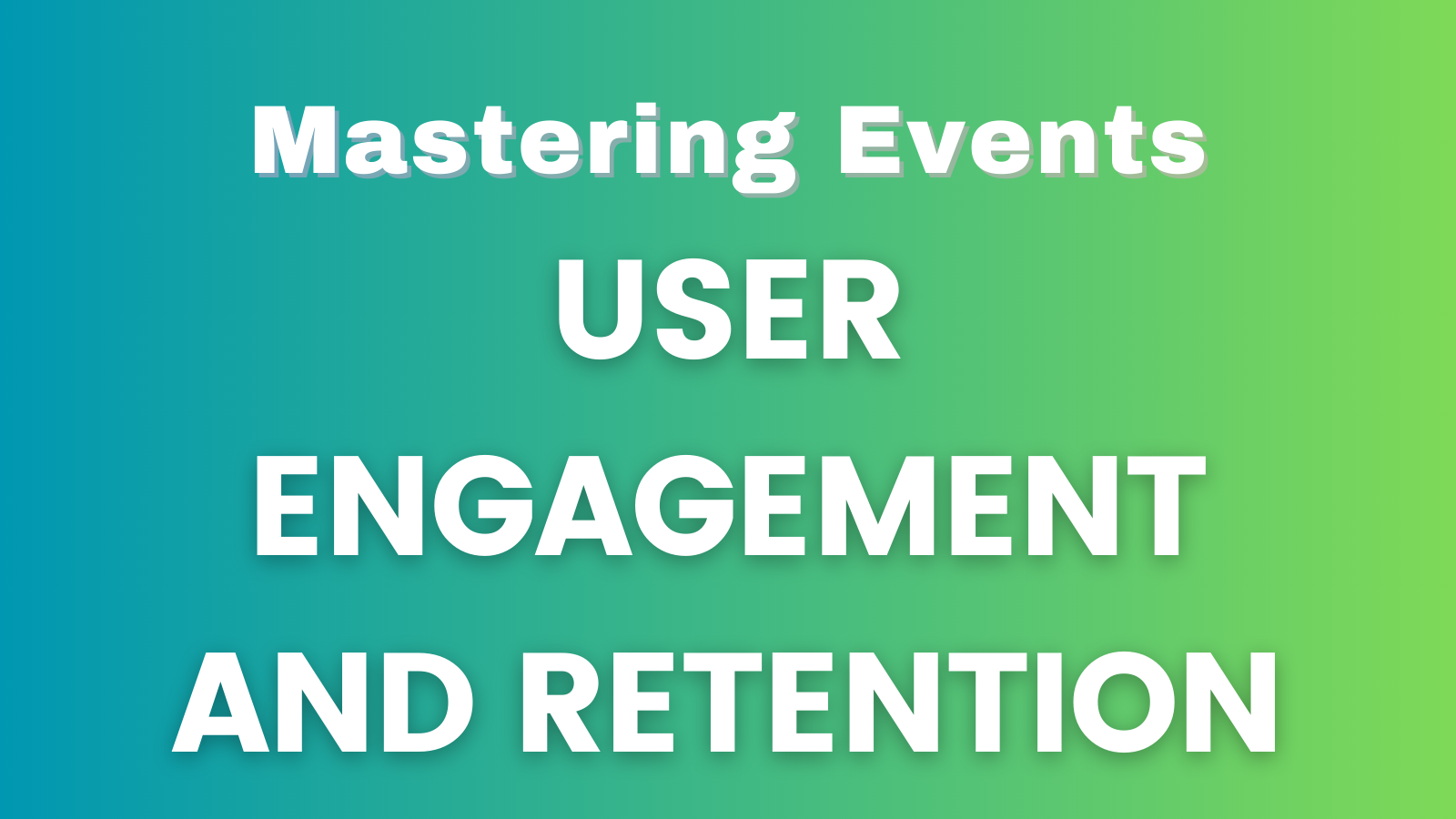Data-driven decision-making is paramount. Feedback and surveys play a crucial role in gathering valuable insights directly from users, enriching your product analytics. This article’ll explore the significance of feedback and surveys for product analytics, along with strategies and real-world examples that illustrate their effectiveness.
The Power of Direct User Feedback
User feedback provides a direct line of communication between your users and your development team. Whether through customer support inquiries, user reviews, or feedback forms, gathering insights directly from users can uncover pain points, feature requests, and areas for improvement that might not be evident through traditional analytics alone.
Example: Slack’s user feedback form encourages users to share their thoughts and suggestions. This two-way communication allows Slack to better understand user needs, driving iterative improvements that align with user expectations.
Structured Surveys: A Goldmine of Insights
Structured surveys allow you to collect specific data points from a larger user base. By designing targeted surveys, you can gather quantitative data on user satisfaction, feature usage, and demographic information. This data provides a quantitative context to complement qualitative feedback.
Example: SurveyMonkey, a popular survey platform, offers a wide range of pre-built survey templates. Companies can use these templates to gather data on various aspects, from customer satisfaction to market research, enabling data-driven decision-making.
Combining Feedback and Analytics: Comprehensive Insights
Feedback and surveys can be combined with traditional analytics to comprehensively view user behavior. By correlating user feedback with user actions and engagement metrics, you can gain deeper insights into the “why” behind certain patterns, enabling you to make informed decisions.
Example: Google Analytics allows you to set up custom events to track specific user interactions, such as clicking on a feedback button. By analyzing these events alongside user feedback, you can identify trends and patterns that help you understand user sentiment and needs.
Real-time Iteration and Improvement
The real-time nature of feedback and surveys enables quick iteration and improvement cycles. As you gather insights, you can implement changes and observe their impact almost immediately. This agility allows you to respond to user needs promptly and adjust your product strategy accordingly.
Example: Dropbox’s “Send Feedback” feature allows users to provide comments directly from within the app. This real-time feedback loop allows Dropbox to continuously refine its features and address issues quickly, leading to a better user experience.
Measuring Customer Satisfaction and Loyalty
Feedback and surveys are instrumental in measuring customer satisfaction and loyalty. For instance, Net Promoter Score (NPS) surveys help you gauge how likely users are to recommend your product to others. Understanding NPS and other customer satisfaction metrics can guide your efforts to enhance user experience.
Example: Apple uses NPS surveys to measure customer satisfaction. After interacting with customer support, users are asked to rate their experience. Apple uses this data to identify areas for improvement and ensure a positive support experience.
Informed Decision-making for Growth
Incorporating feedback and surveys into your product analytics toolbox empowers you to make informed decisions that drive growth. By tapping into both quantitative and qualitative data, you can shape your product strategy, prioritize features, and deliver a more tailored user experience.
Example: Airbnb’s host feedback system allows hosts to rate their experiences with guests. This data-driven approach helps Airbnb improve its host-guest matching algorithms and ensure a positive hosting experience.
In conclusion, leveraging feedback and surveys for product analytics is essential for data-driven decision-making. By harnessing the power of user insights, you can gain a deeper understanding of user needs, enhance customer satisfaction, and drive continuous improvement. Drawing inspiration from successful examples and implementing effective strategies will enable you to create a user-centric product that resonates with your target audience. Remember, user feedback isn’t just a source of information; it’s a catalyst for growth and innovation.
This article is part of the Mastering Events series.





